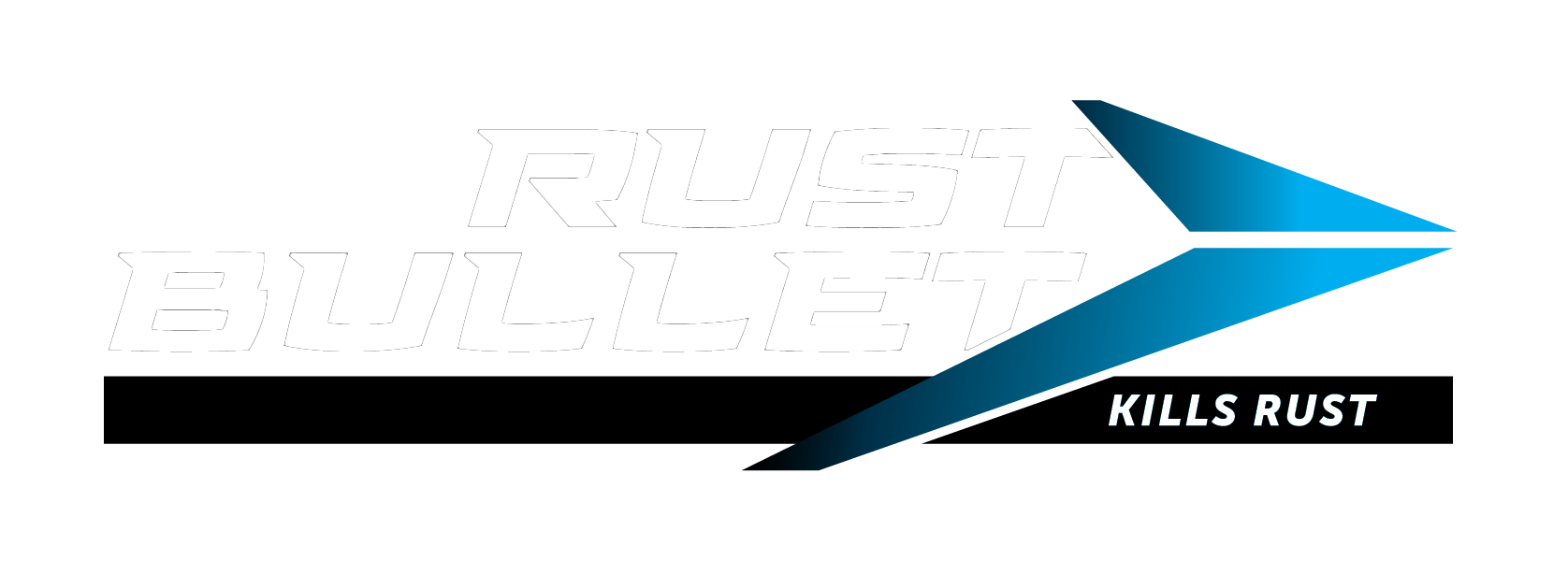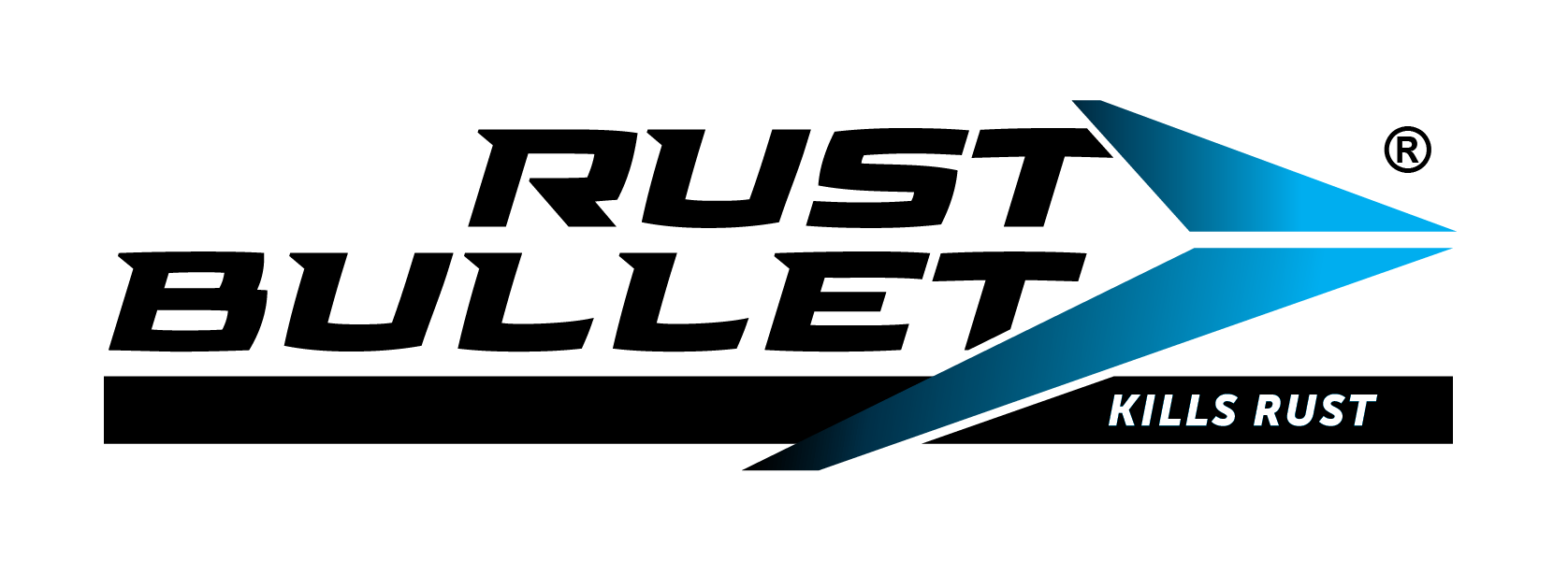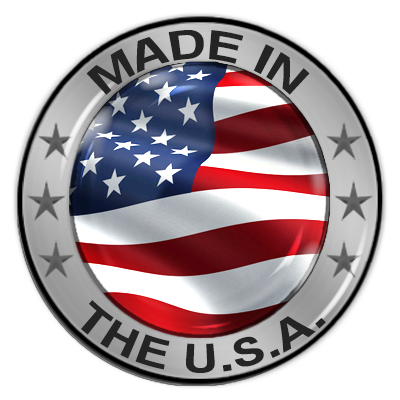
Are you painting your garage floor? It’s one of the ways to protect against wear and inhibit rusting in concrete steel reinforcement. Epoxy garage floor paint is among the popular options for its durability, impact resistance, and hardness. It is suitable for heavy-duty areas like logistic centers, industrial facilities, warehouses, and other places that may be subject to heavy vehicle traffic.
Due to their ability to create chemically resistant, durable, and strong surfaces, epoxy floor paints are common in the automotive industry, specifically for garages and vehicle showrooms. They are also common in airplane hangars and hospitals. The paint delivers a long-lasting, reliable, and versatile solution. Epoxy coatings may also be used as decorative finishes to create terrazzo, colored aggregate, and chip flooring.
Are there downsides to epoxy floor paints?
One of the disadvantages of using epoxy garage floor paint is the application process. It involves extensive surface preparation, as you have to ensure the surface is smooth, undamaged, and prepared. The floor must be free of solvents, oils, or grease for longevity. Any damage requires repair, and concrete surfaces must be ground and profiled.
Epoxy floor paints may also take at least seven days to cure, making their turnover slower than other coatings. They also require temperatures over 50 degrees Fahrenheit to cure.
Better alternatives
There are better alternatives to epoxy garage floor paint, such as polyurethane coating. It outperforms epoxy as it can be ready for second or subsequent coats in two to six hours. It doesn’t need a catalyst to cure, and it can complete curing at any ambient temperature, even when it’s cold due to polyurethane’s exothermic properties.
The best polyurethane coating also has a self-inspecting property that fails immediately with an incorrect application or when there are issues with surface prep. It eliminates your guesswork and lets you identify defects immediately, so you can remedy them sooner.





Comments are closed